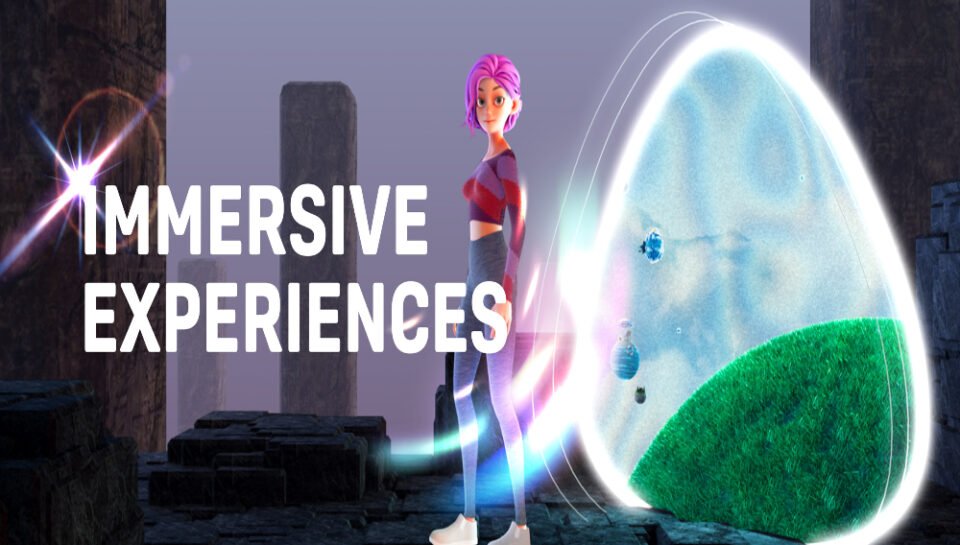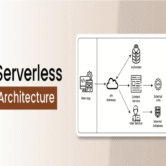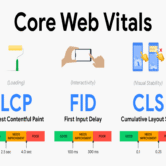
The Future of Web Content Creation: Immersive and Dynamic Experiences
As technology continues to evolve, web content creation is shifting from static formats to immersive and dynamic experiences that respond to user behavior and context. Traditional blocks of text and fixed layouts are being replaced by content that adapts in real time, engaging users through motion, interactivity, and layered narratives. This progression reflects a broader change in digital expectations, where users seek experiences that are not just informative, but also participatory and visually responsive.
To meet these expectations, content creators are integrating elements such as scroll-based storytelling, personalized content modules, and reactive interfaces. These components allow websites to change based on input, behavior, or sequence, turning the user into an active participant. Real-time rendering, component-based design, and micro-animations enhance how content is consumed and understood. Dynamic experiences increase clarity and retention by presenting information in structured yet fluid sequences, tailored to audience intent.
Looking forward, successful content creation will require collaboration across disciplines—combining UX design, motion design, semantic markup, and adaptive logic. Teams will need to rethink traditional publishing workflows in favor of modular systems, live content frameworks, and data-driven narrative engines. The future of web content lies in experiences that are not only rich and responsive but also contextually aware, allowing users to engage more deeply, intuitively, and meaningfully with the digital environment.





